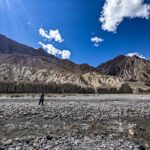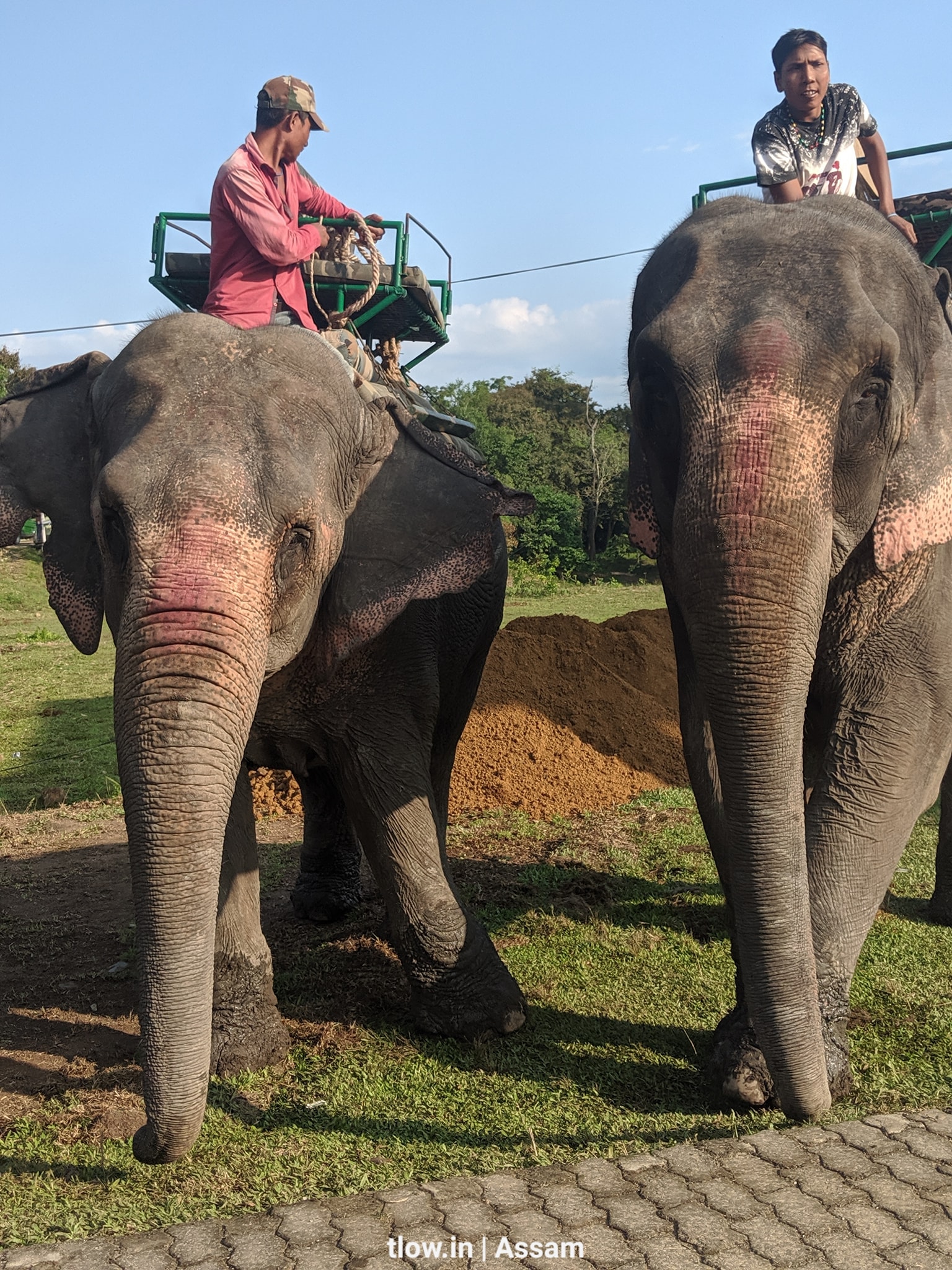
Kaziranga National Park in Assam | 5 super things to Keep in Mind
Kaziranga is a small town located in the Golaghat district of Assam, India. It is primarily known for its proximity to the famous Kaziranga National Park. The town serves as a gateway for tourists visiting the national park and offers various accommodations, restaurants, and facilities for visitors.
Kaziranga national park in Assam is world famous for the mighty one horned Rhino and is also home to the highest number of tigers in terms of density. Visiting the national park is an experience by its self and the best months to visit Kaziranga is from November to March.
It is a UNESCO World Heritage Site located in Assam, India. It is well-known for its significant population of the Great One-Horned Rhinoceros, which is one of the largest populations of this species in the world.
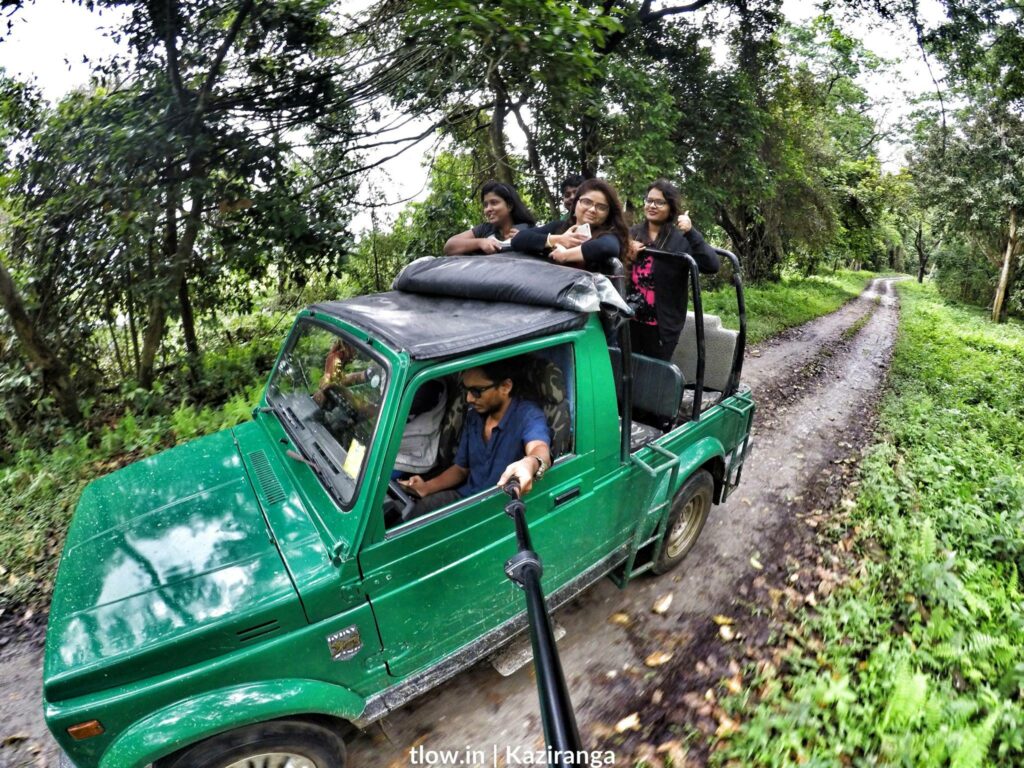
Table of Contents
1. Wildlife and biodiversity:
Kaziranga National Park is known for its rich wildlife and biodiversity. It is home to the largest population of one-horned rhinoceroses in the world, along with other animals like tigers, elephants, wild water buffalo, and various bird species. Familiarise yourself with the types of animals you can expect to see during your safari to maximise your experience.
Established in 1905 as a forest reserve, Kaziranga was declared a national park in 1974. It covers an area of approximately 430 square kilometers (170 square miles) and is situated on the banks of the Brahmaputra River. The park consists of grasslands, wetlands, and dense forests, providing a diverse habitat for various animal species.
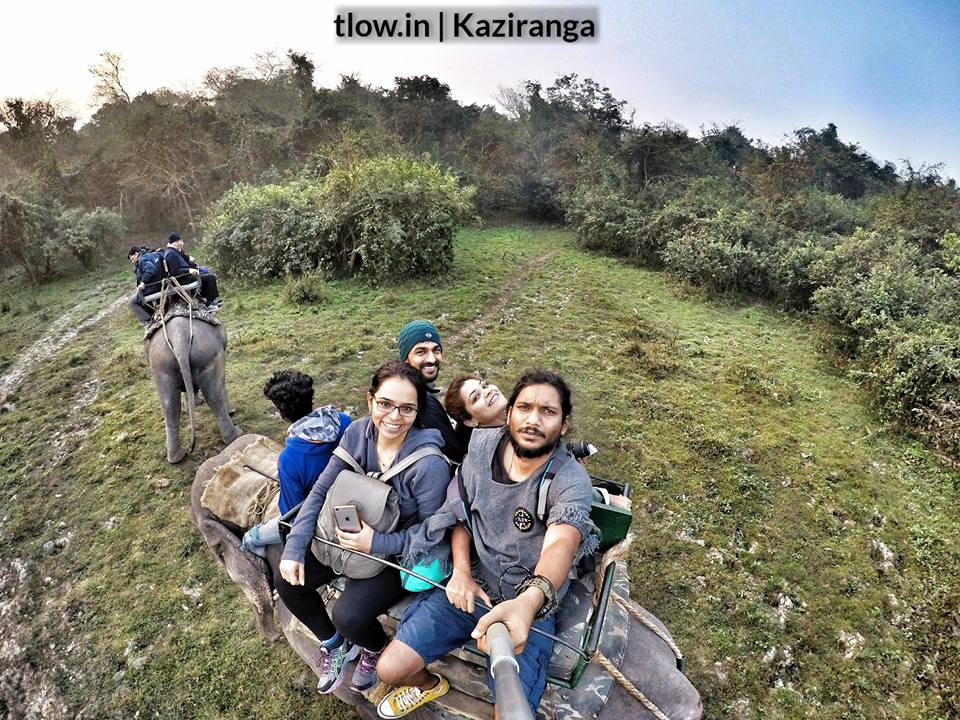
2. Safari timing at Kaziranga:
The best time to visit Kaziranga National Park is during the dry season, which typically lasts from November to April. During this time, the floodwaters recede, making it easier to spot animals in the grasslands and wetlands. Plan your safari accordingly to ensure the best chance of sightings.
In addition to the rhinoceros, Kaziranga National Park is home to several other endangered species, such as the Bengal Tiger, Asian Elephant, and Eastern Swamp Deer. It also boasts a rich birdlife, including the endangered Bengal Florican and Great Indian Hornbill.
3. Permits and entry fees:
Before visiting Kaziranga, you will need to obtain permits and pay entry fees. These can be obtained online or at the park’s entry gates. Make sure to check the latest information on permits and fees, as they may vary.
Kaziranga’s conservation efforts have been successful in protecting the wildlife within the park, and it has become a major tourist attraction in Assam. Visitors can experience wildlife safaris on elephant-back or in jeeps, allowing them to observe the park’s diverse flora and fauna up close.
4. Accommodation:
There are various accommodation options available near Kaziranga National Park, including forest lodges, resorts, and homestays. It is advisable to book your accommodation in advance to secure the best options and to ensure a comfortable stay during your safari.
Kaziranga town itself is not a major tourist destination, but it provides essential services to those exploring the national park. It is connected to nearby cities such as Guwahati and Jorhat by road and rail, making it easily accessible for tourists.
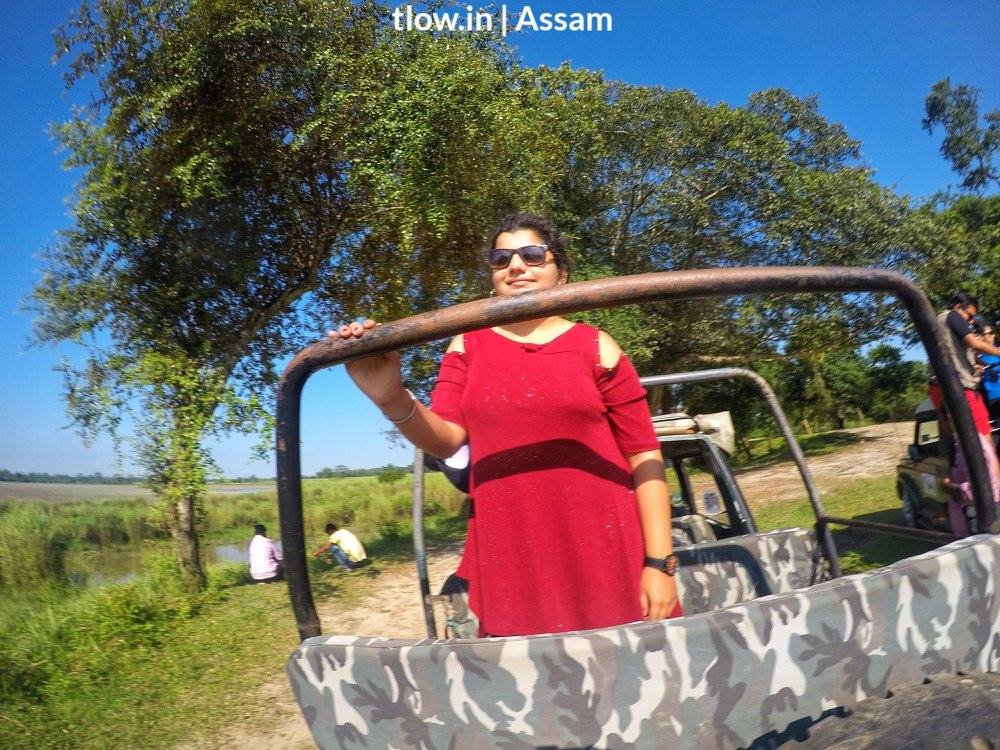
5. Safety precautions:
While visiting the national park, it is important to prioritise safety. Follow the guidelines provided by the park authorities, such as maintaining a safe distance from animals, not making loud noises, and staying inside your safari vehicle at all times. Also, carry appropriate clothing, insect repellents, and sun protection as per the weather conditions to ensure a safe and enjoyable experience.
However, the park also faces challenges, including habitat loss due to encroachment, poaching, and occasional human-wildlife conflicts. Conservation efforts, strict anti-poaching measures, and community involvement are crucial for the long-term preservation of Kaziranga National Park and its unique biodiversity.




